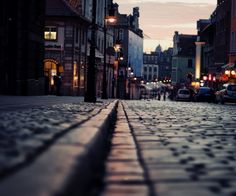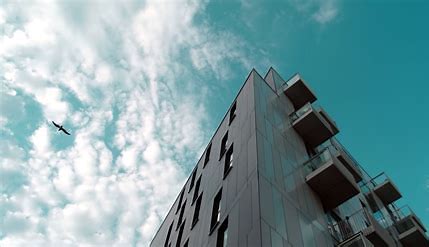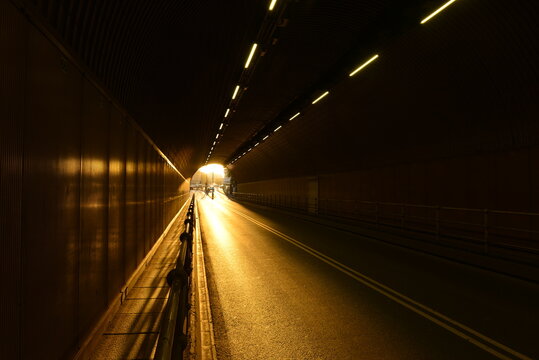
1870 
2021
Both of these images was taken at the harbour near La Colette.


Both of these images was taken at the harbour near La Colette.
New Topographics are photographs of a Man-Altered Landscape, more buildings as opposed to the natural environment. New topographics was a term made up by William Jenkins in 1975 for a group of American photographers (such as Robert Adams and Lewis Baltz) whose pictures had a similar basic/structural aesthetic which were mostly black and white prints of the urban landscapes such as parking lots, suburban housing and warehouses. It has been influential in contemporary photography, both for architecture and its cerebral style.
What was the new topographics a reaction to?
Topography was both an insight into the increasingly suburbanized world around us, and a reaction to the idealized landscape photography about the natural and the elemental, contrasting both ideas, making the opposite stand out more.
Examples Of New Topographics:


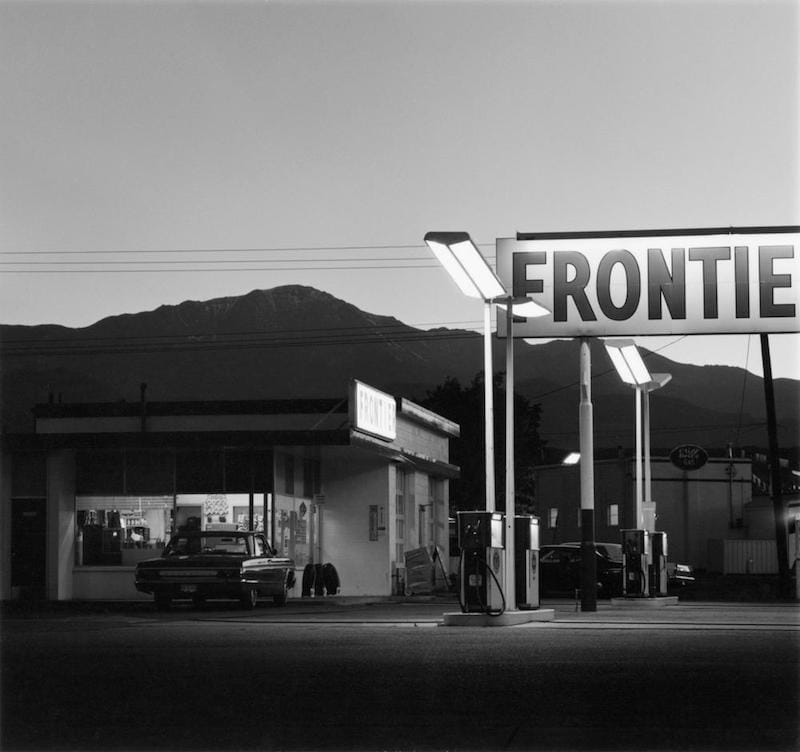
Lewis Baltz documents the changing American landscape in the 1970s in his series, “New Industrial Parks Near Irvine, California.”
In this series he photographed industrial pictures focusing on parking lots, offices and industrial parks creating a contrast with the structure. He often displayed his images in a grid format meaning that the images must be able to be seen collectively as a group or series.
He takes care to title his pieces with specific information on each site’s location, so that viewers could return to the same exact place.



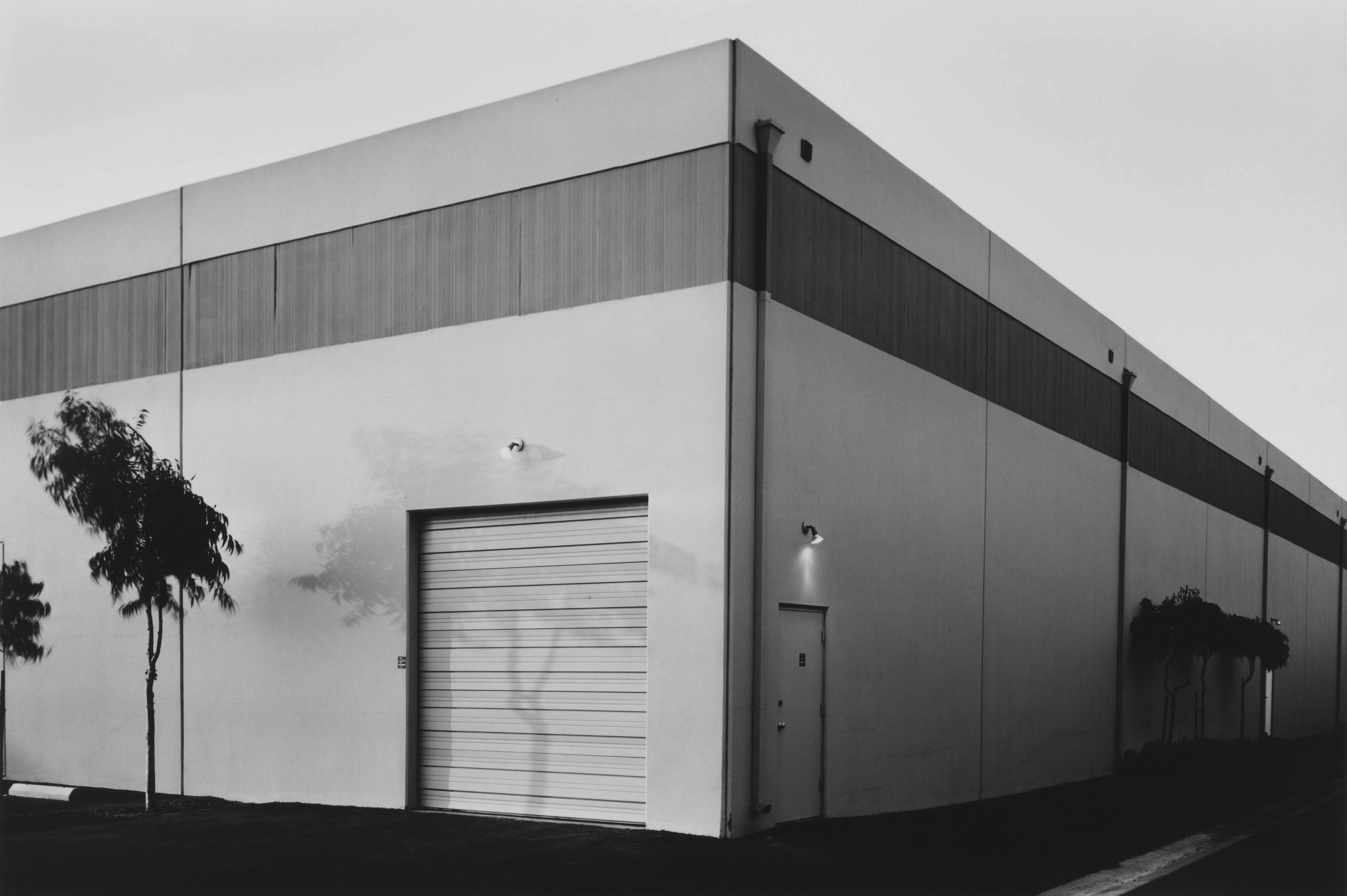


Shot with a 35mm lens on a 35mm camera (usually at eye level), and aiming for maximum depth of field, Baltz does this for clarity and precision.
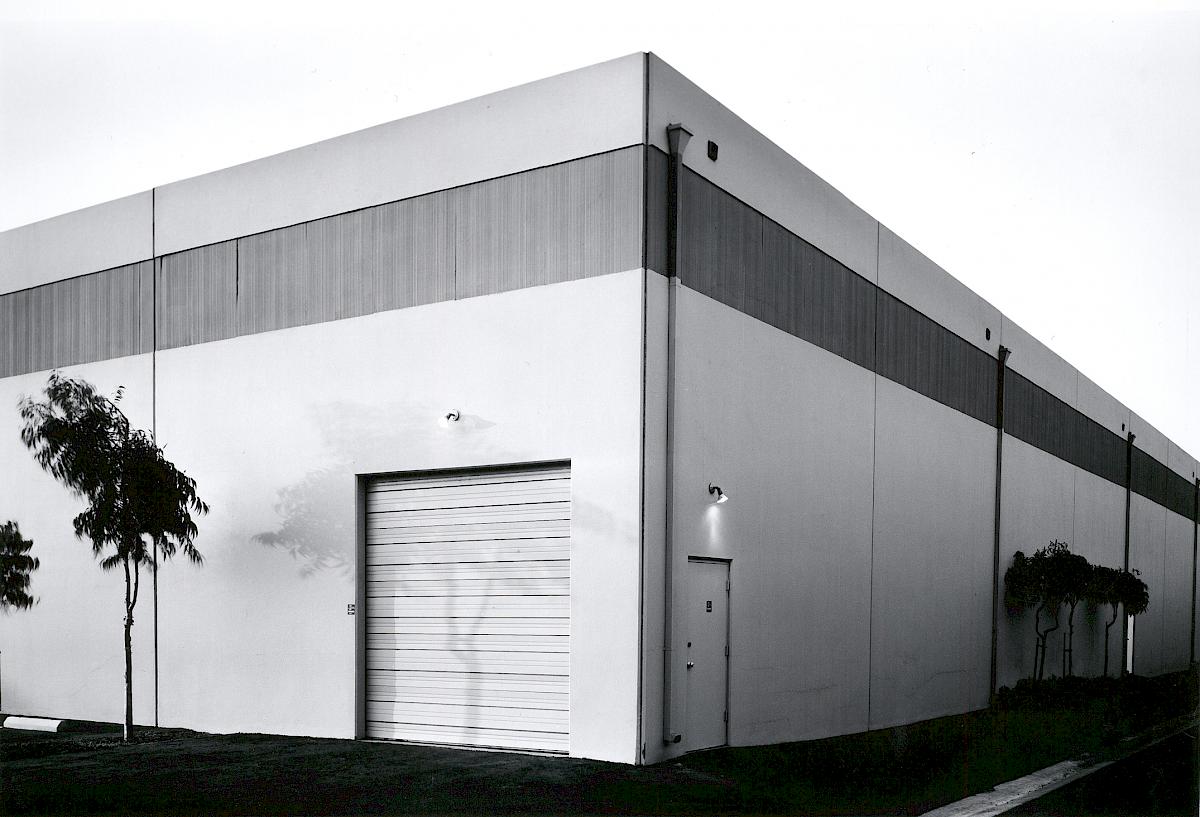
Content – A picture of a warehouse corner with trees and grass around it. It is taken from eye level like the topographic genre. The image has no title only a title inculudng the address so that people can go to the places he went to. There is not a single point of focus, It has been framed as a scene, rather than bringing attention to any particular element.
Formal Elements – The image is in black and white which creates a high tonal range. This highlights the solid contrast between light and dark and the structural elements in the warehouse, which gives the image an interesting composition. The sky being clear also emphasises this contrast as it creates a clear, strong line. Baltz used natural light from the sky to get a bright image. The sunlight has also changed this image as there is a faint shadow of the tree on the left which appears on the warehouse, this also makes the right side more exposed then the right creating further juxtapositions. the lines in the warehouse start from the centre of the image and go down to either side giving the image a large depth of field and making the warehouse look 3D.
Mood – The image is strong and impactful. this creates an intiidating feel to the image as the warehouse is very bold and sharp. The plain sky and warehouse also gives a sense of isolation.
| Who | I will be taking the photos and do not need any models as I will be focusing on the landscape. |
| What | warehouses, industrial buildings. |
| Why | This represents the new topographics the best as it shows industrial buildings as man made things. |
| Where | La Collette warehouses. |
| When | I’ll go on a day where it is not sunny so the sky is grey and contrasts better with the buildings. |
| How | From eye level. |

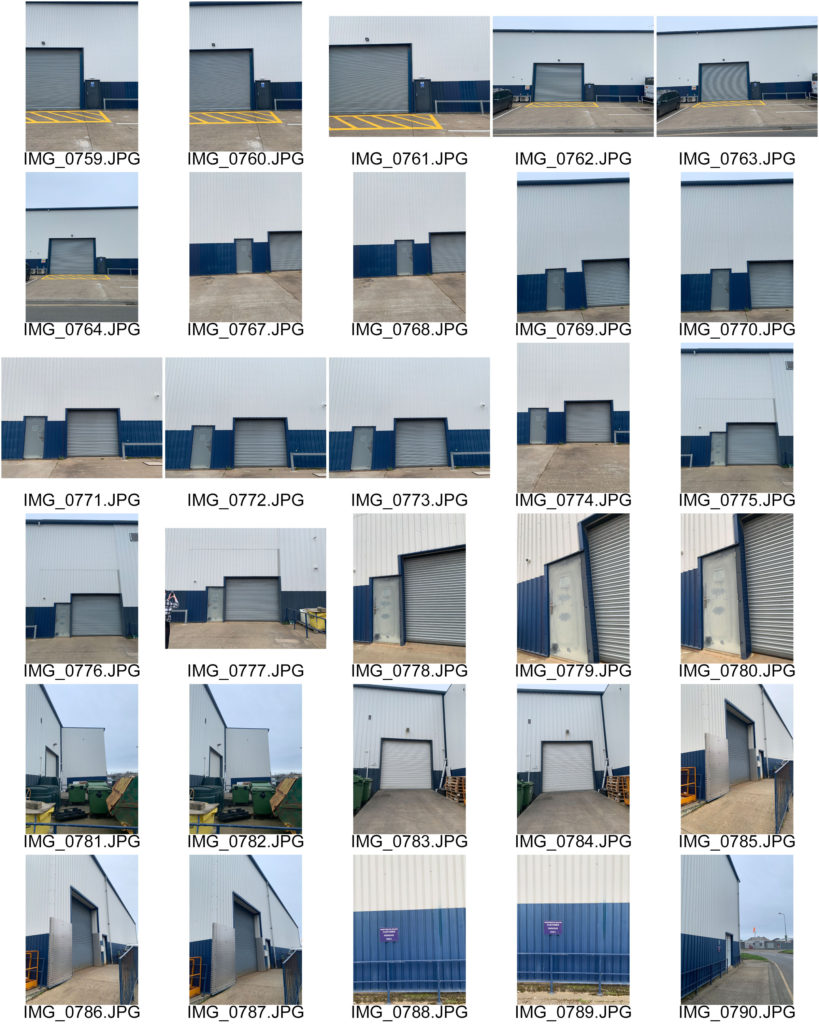

When taking these images I focused on the eye level aspect of industrial photography, and get a lot in the shot because I need to edit the images so they are angled correctly and wanted more of a scene in some images. I think the structural aspects are well executed, the lines of the building structure give them a man made feel which best represents New Topographics and Industrial Landscapes.



Urban and industrial landscapes are known to be photographs that capture the depth of man made qualities. These are some popular locations of what industrial and urban landscape photos may be such as factory’s, power sites and rubbish sites. Urban landscapes on the other hand may include street photography such as alley ways and rundown or abandoned buildings and houses. Some examples of urban and industrial landscape photography can be seen below….
Industrial Photography…

These images above are examples of the more industrial side of photography and broken down housing. It shows and explores man kind in a way that we simply seem to be destroying the beauty around us. They all seem to be gloomy and unwanted places which makes this type of photography a good genre to analyse.
Urban Photography…
Urban photography is often referred to in the same context as street photography but its a much wider genre that can include anything within a built-up, urban environment. People are not always included in the images, unlike in street photography it seems to have to capture a person.

Urban Photography is more to do with the culture of city and town life. Modern urban photography seems to capture the colorful side of the cities and how humans make the cities lively and happy. These photos that are titled as (Urban Photography) do not have to capture a human in the image. This is what makes Urban photography more exiting in my mind that street photography.
Photographers I Will Be Looking and Referring My Work To…
Rut Blees Luxemburg… Urban


Thomas Struth… Urban


In my opinion, these two photographers will be good to refer my work to as jersey is not the best place for city landscapes and big buildings with motorways etc.. therefore trying my best to capture images in town that relate to these urban photographers will help me get some good quality images to analyse.
Hilla Becher… Industrial



Lewis Baltz was born in Newport Beach, California, on 12th September 1945. He studied at the San Francisco Art Institute, and received an MFA from the Claremont Graduate School in 1971 which he then worked as a freelance photographer in California to then he taught photography at various institutions such as the California Institute of the Arts, the University of California, Yale, the École Nationale Superieure des Beaux-Arts, Paris, and the Art Academy of Helsinki. Baltz was a visual artist and photographer who became an important figure in the New Topographics movement during the late 1970s. He wrote for many journals, and contributed regularly to L’Architecture d’Aujourd’hui, his work has been published in a number of books, presented in numerous exhibitions, and appeared in museums such as the Museum of Modern Art, Paris, Museum of Contemporary Art, Helsinki, San Francisco Museum of Modern Art and The Whitney Museum of American Art, New York. In 1973 and 1977 Lewis Baltz received National Endowment for the Arts grants and a Guggenheim Fellowship. Baltz has produced many projects on commission, among them The Nation’s Capital in Photographs for the Corcoran Gallery of Art and Near Reno for the Nevada State Arts Commission. Since the mid 1980s he has been based in Europe and travels extensively.
Image Analysis

In this image it shows a shallow tonal range as it focuses on the white tones rather than the black tones of the image except for the ground as it shows a black tone that is lightened.

New topographics was a term coined by William Jenkins in 1975 to describe a group of American photographers (such as Robert Adams and Lewis Baltz) whose pictures had a similar banal aesthetic, in that they were formal, mostly black and white prints of the urban landscape. Simply, new topographic images where known to be photographs of a man-altered landscape/urban landscapes. Examples below show some popular areas where these type of images can be found and where photo-shoots take place to capture urban landscapes…

More examples of New topographic images

New topographics was a term coined by William Jenkins in 1975 to describe a group of American photographers (such as Robert Adams and Lewis Baltz) whose pictures had a similar banal aesthetic, in that they were formal, mostly black and white prints of the urban landscape. – Tate.org




Their stark, beautifully printed images of this mundane but oddly fascinating topography was both a reflection of the increasingly suburbanised world around them, and a reaction to the tyranny of idealised landscape photography that elevated the natural and the elemental. – The Guardian
This means that the New Topographics was a reaction to the urbanization of the natural landscape. Many images display the juxtaposition between the newly built towns and buildings and the untouched nature in the background that has not yet been built on or changed.
New topographics was a term coined by William Jenkins in 1975 to describe a group of American photographers. It was was an exhibition that symbolized a key moment in American landscape photography.
The new topographics reactions were a reaction to the tyranny of the idealised landscape photography which emphasised the natural and the elemental.

New topographics was a term invented by William Jenkins in 1975 to describe a group of American photographers whose photographs had a similar banal aesthetic, in that they were formal, mostly black and white prints of the urban landscape.
The exhibition brought together Lewis Baltz, Bernd and Hilla Becher, Joe Deal, Frank Gohlke, Henry Wessel. Many of the photographers associated with new topographics were inspired by the man-made, selecting subject matter that was matter-of-fact. Parking lots, suburban housing and warehouses were all depicted with a beautiful stark austerity, almost in the way early photographers documented the natural landscape. The photographs in the new topographics was a reflection of both the increasingly suburbanised world around them, and a reaction to the tyranny of idealised landscape photography that elevated the natural and the elemental.








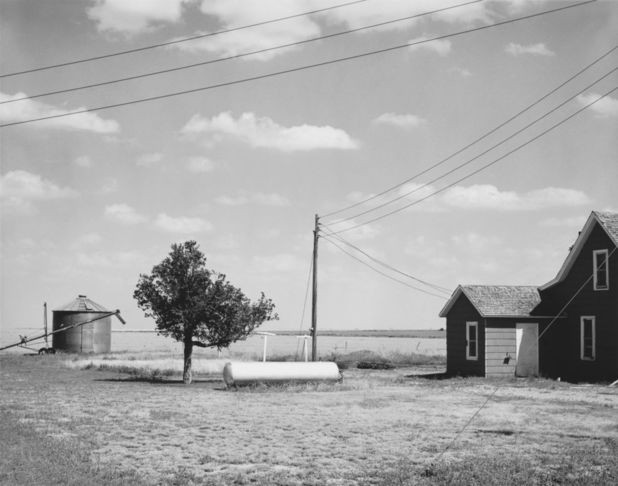
My shoot:







This is my response on the New topographics photo-shoots. I took these photos around Hautlieu and Highlands. I tried finding buildings that looked plain and similar to the ones in the new topographics.
I felt my images related well to the New topographics as my images where quite plain and ‘boring’ images. I tried to get the side of buildings and very square buildings to match the images of Lewis Baltz.
New Topographic is a man altered landscape such as a landscape with a man made rail track leading through a forest. Many of the photographers who were included with the new topographics were inspire by the man made urban areas such as parking lots, suburban housing and warehouses. These photos featured in an exhibition at the International Museum of Photography in Rochester, New York; this also gave the message that the natural landscape has a growing erosion by industrial development.

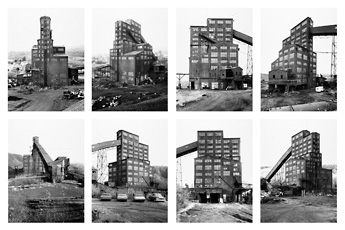
Over the next two weeks you will be looking at producing blog posts and responding photographically to:
URBAN LANDSCAPES
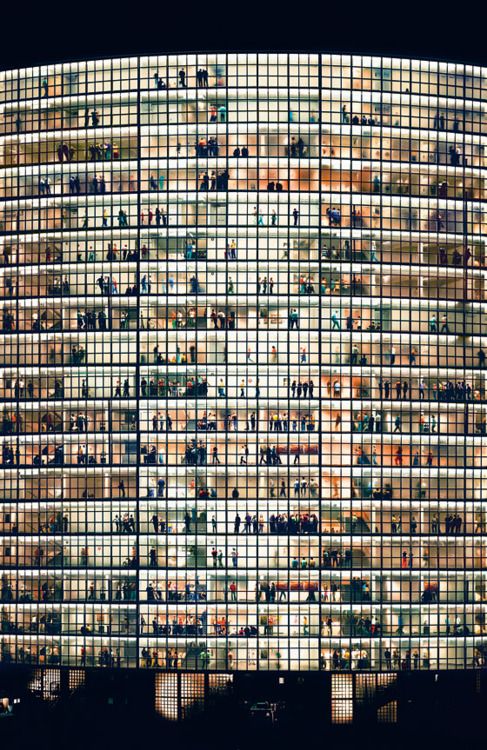






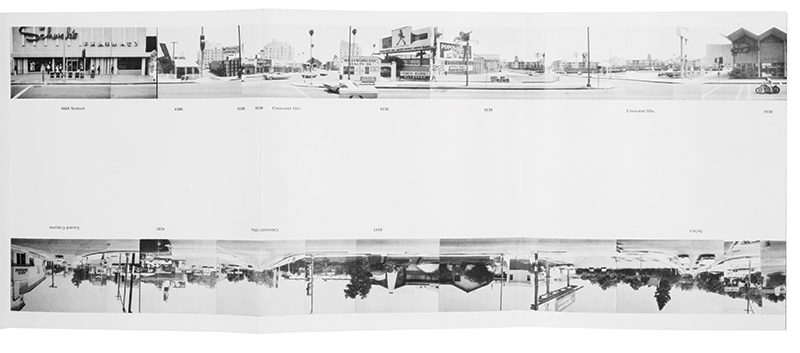
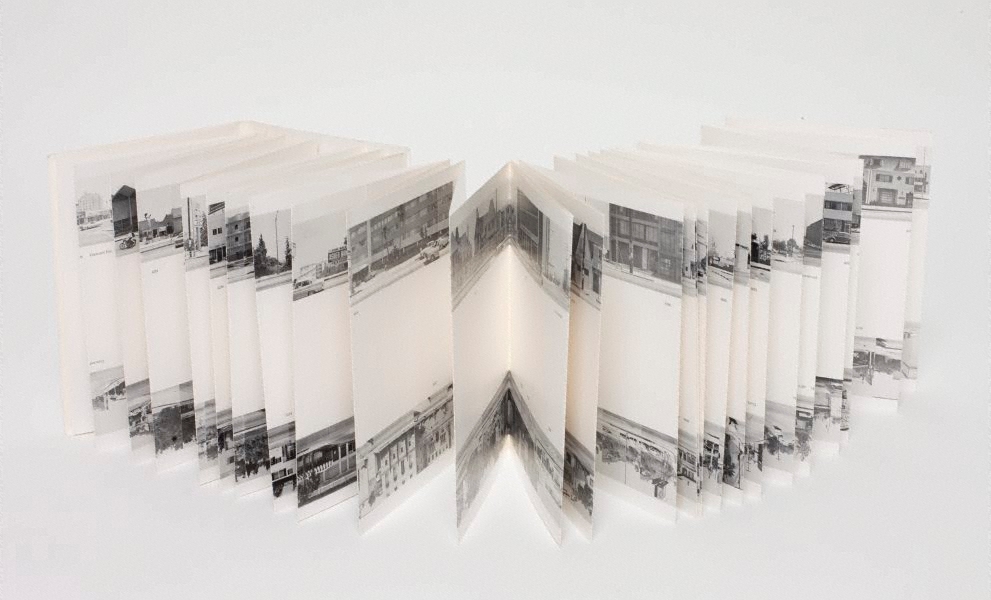
Ed Ruscha, “Every Building On The Sunset Strip”
The artist Ed Ruscha is famous for his paintings and prints but is also known for his series of photographic books based on typologies, among them Every Building on the Sunset Strip, Twentysix Gasoline Stations, Some Los Angeles Apartments, and Thirtyfour Parking Lots. Ruscha employs the deadpan style found in many photographic topologies. The book shown above is a 24 foot long accordion fold booklet that documents 1 1/2 miles of the Sunset Strip in Hollywood.
Here’s another topology for you to look at by Ólafur Elíasson :
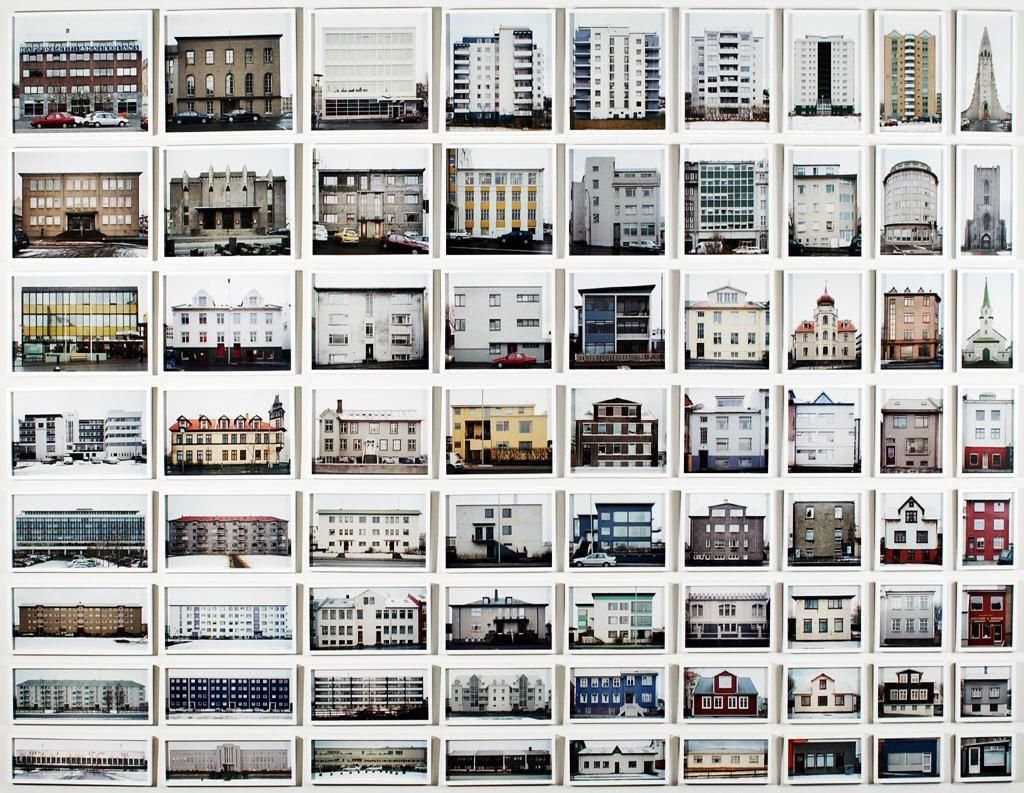
Thom and Beth Atkinson< Missing Buildings, 2016
https://www.thomatkinson.com/missing-buildings
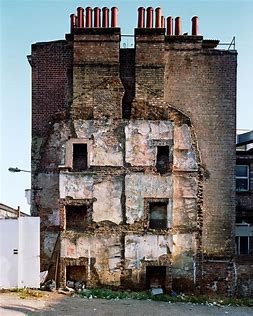
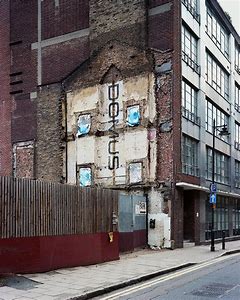
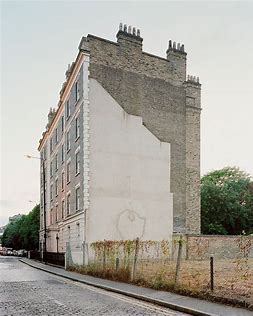
The New Topographics
The beginning of the death of “The American Dream”
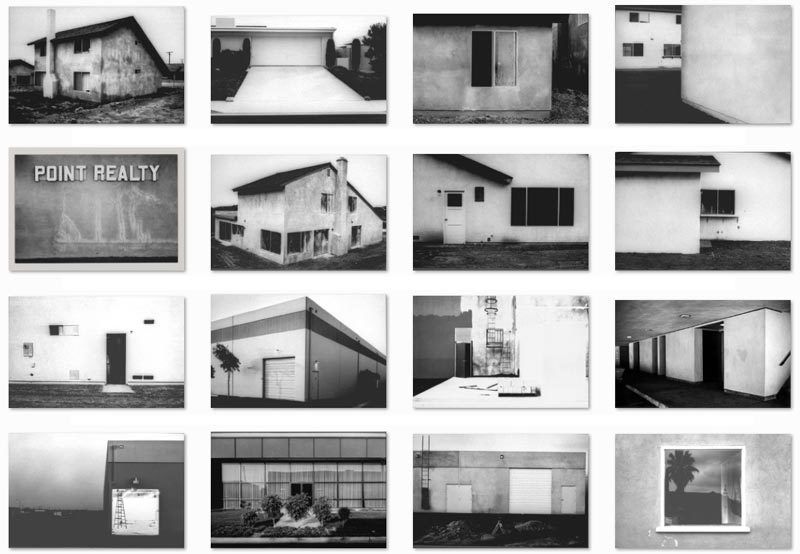
New Topographics inspired by the likes of Albert Renger Patszch and the notion of The New Objectivity
Parking lots, suburban housing and warehouses were all depicted with a beautiful stark austerity, almost in the way early photographers documented the natural landscape. An exhibition at the International Museum of Photography in Rochester, New York featuring these photographers also revealed the growing unease about how the natural landscape was being eroded by industrial development.

The New Topographics were to have a decisive influence on later photographers including those artists who became known as the Düsseldorf School of Photography.
BLOG POST: Photoshoot / Practical Responses…
Look at how the New Topographics approach has inspired landscape photography and the way we document our surroundings / the way we are using and transforming the land.
You should look at photographers such as…

Research a selection of these photographers and respond with…
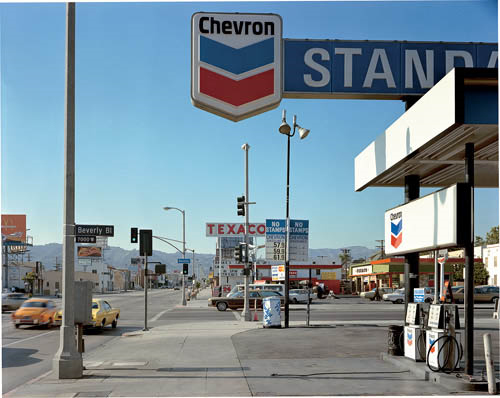
Stephen Shore, Beverly Boulevard and La Brea Avenue, Los Angeles, California, June 21, 1975, 1975, chromogenic color print
Analysis and discussion… starting points and key features of The New Topographics
Remember to use this

Follow this 10 Step Process and create multiple blog posts for each unit to ensure you tackle all Assessment Objectives thoroughly :


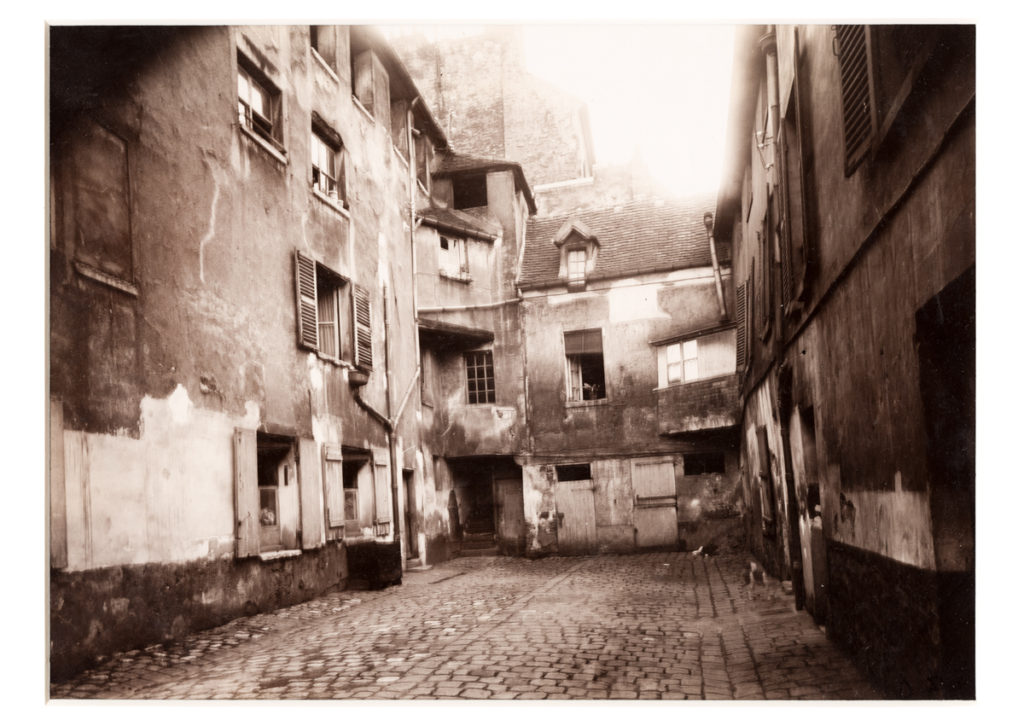
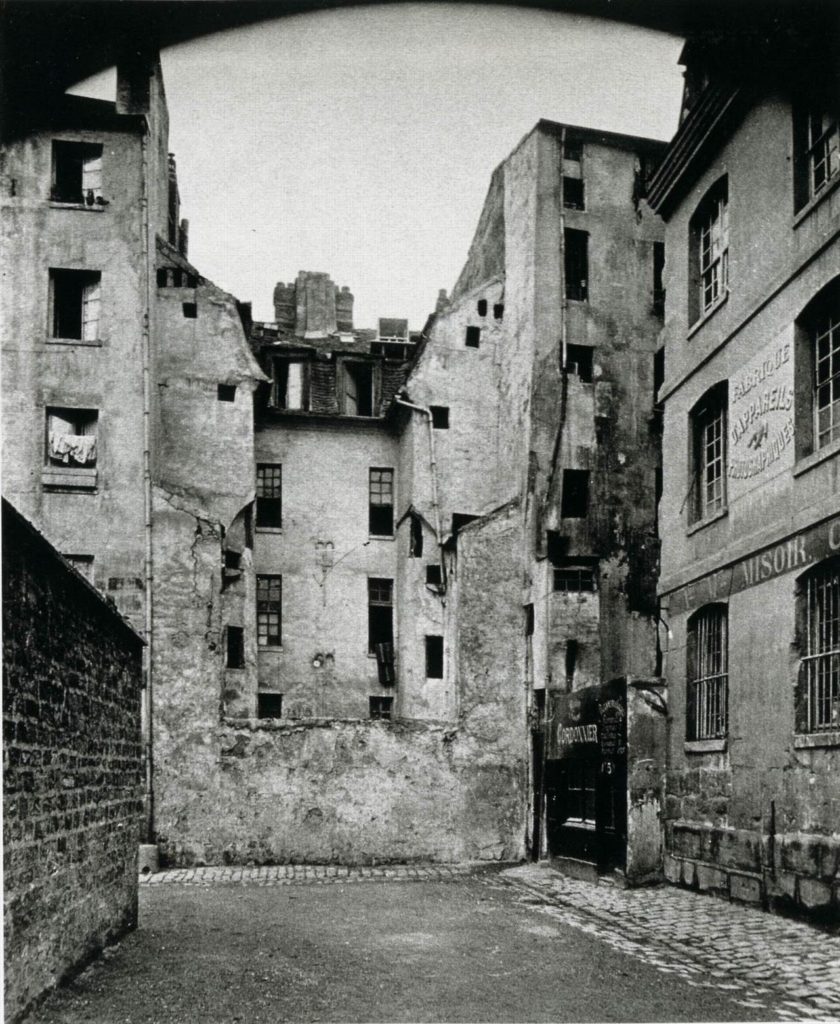
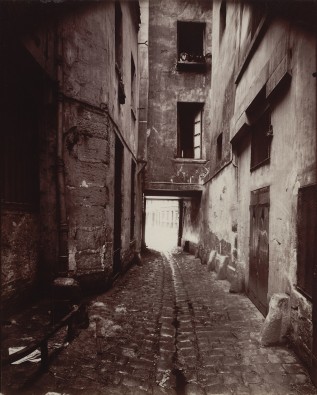
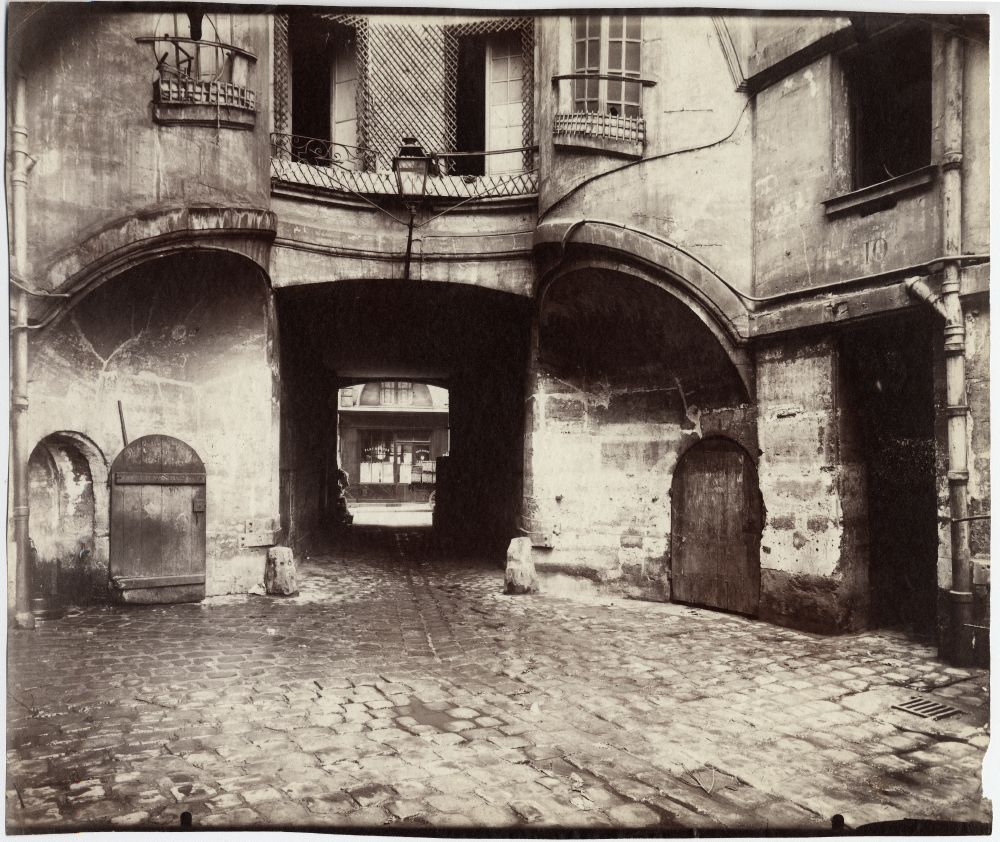


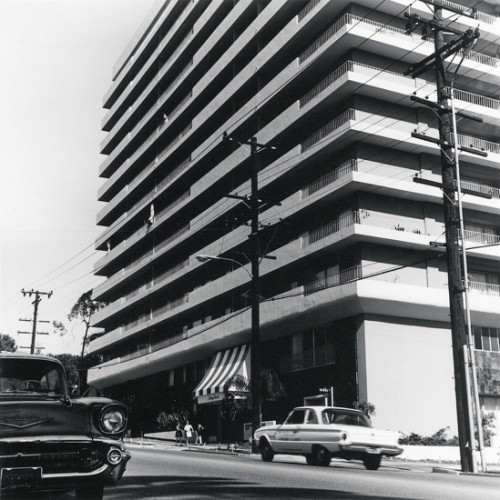
























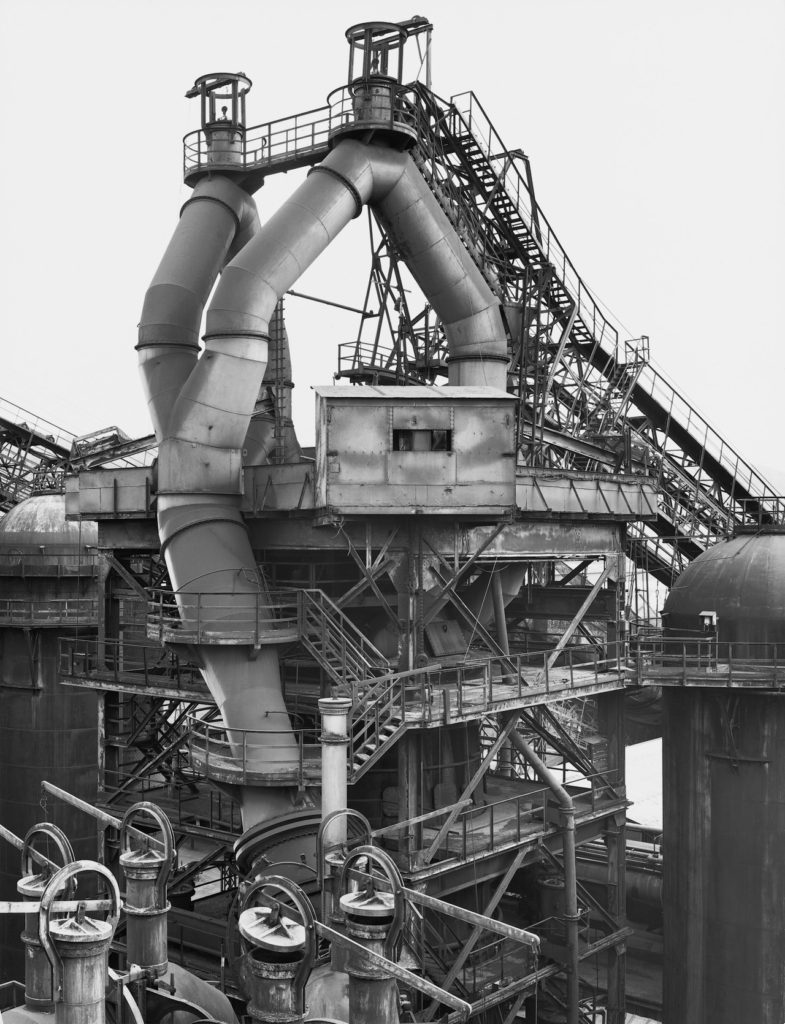

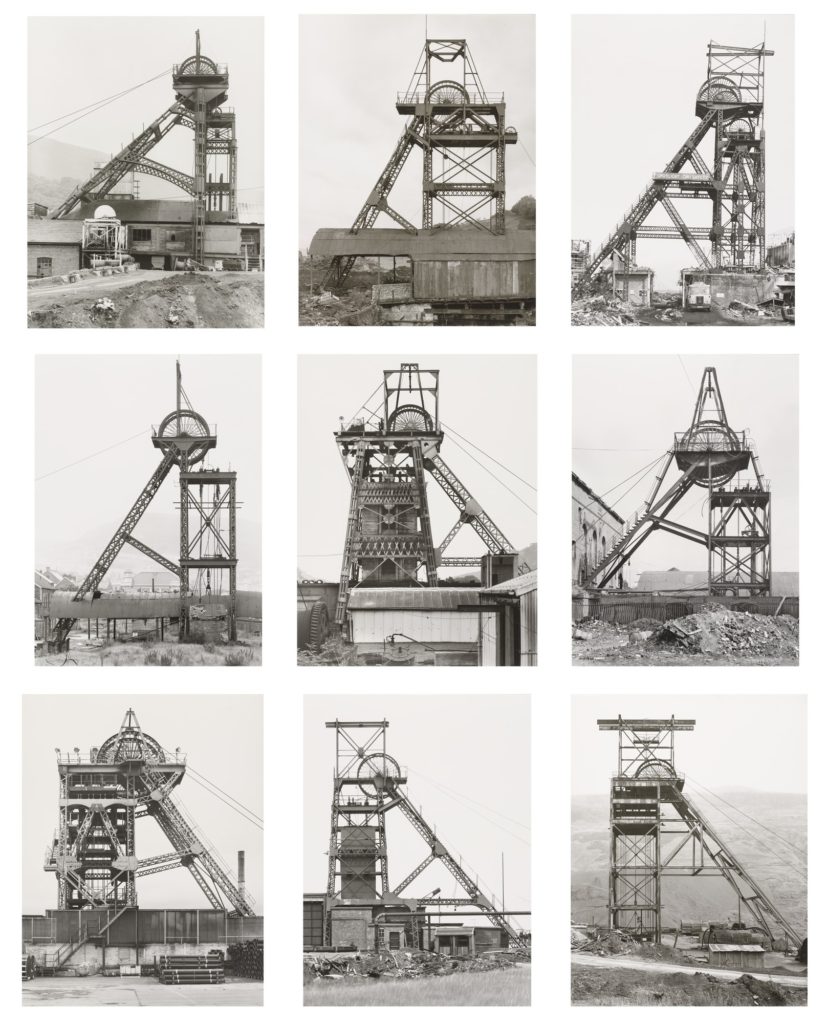

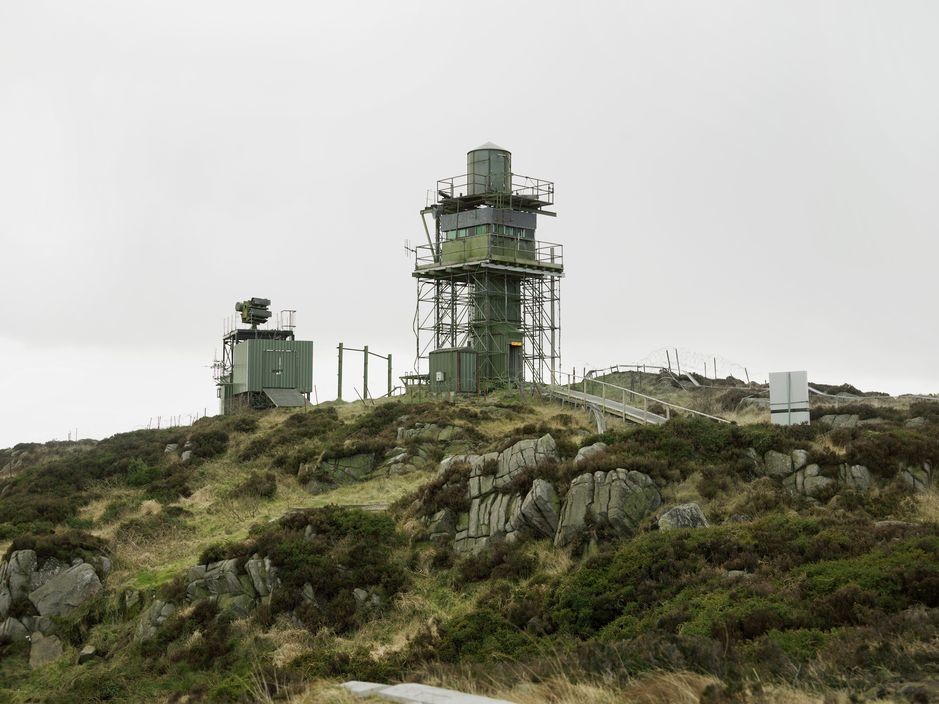









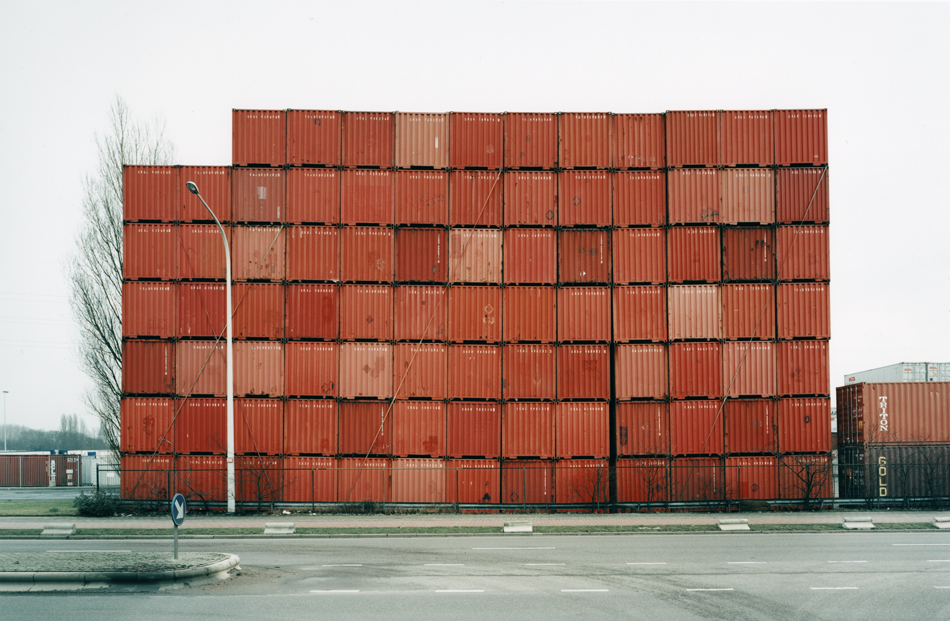
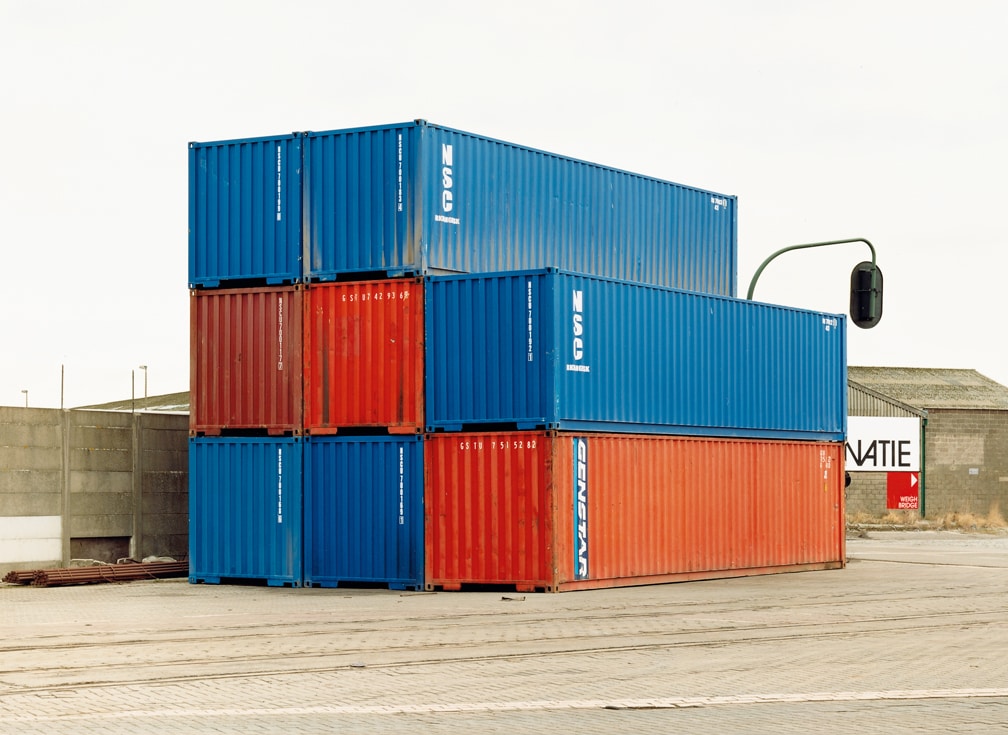
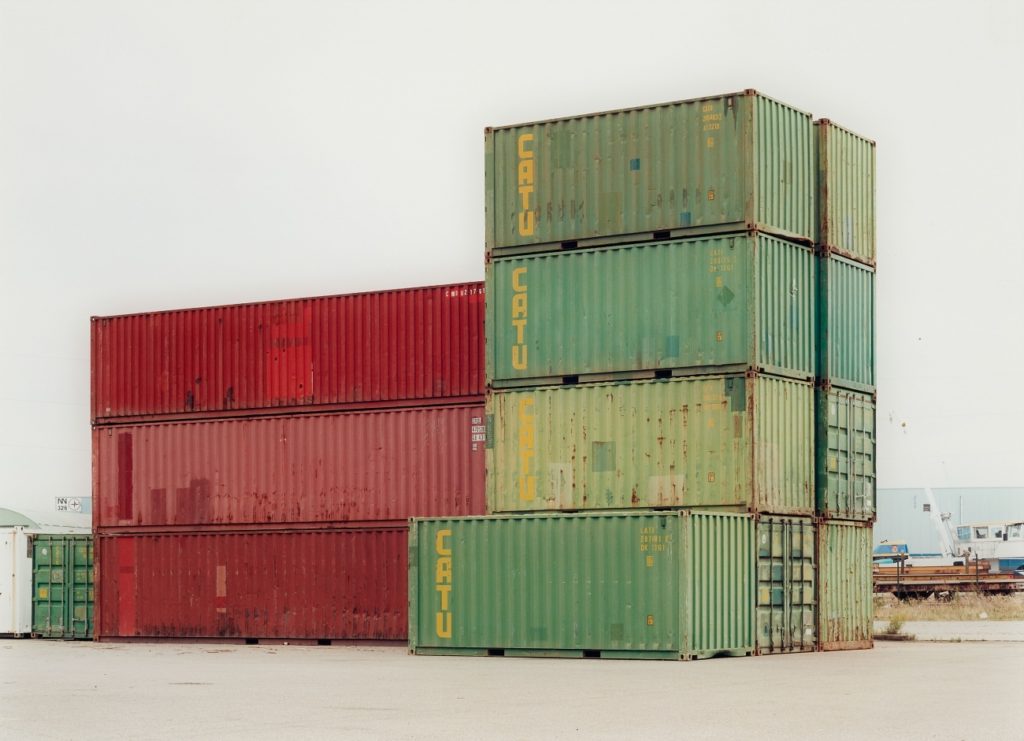

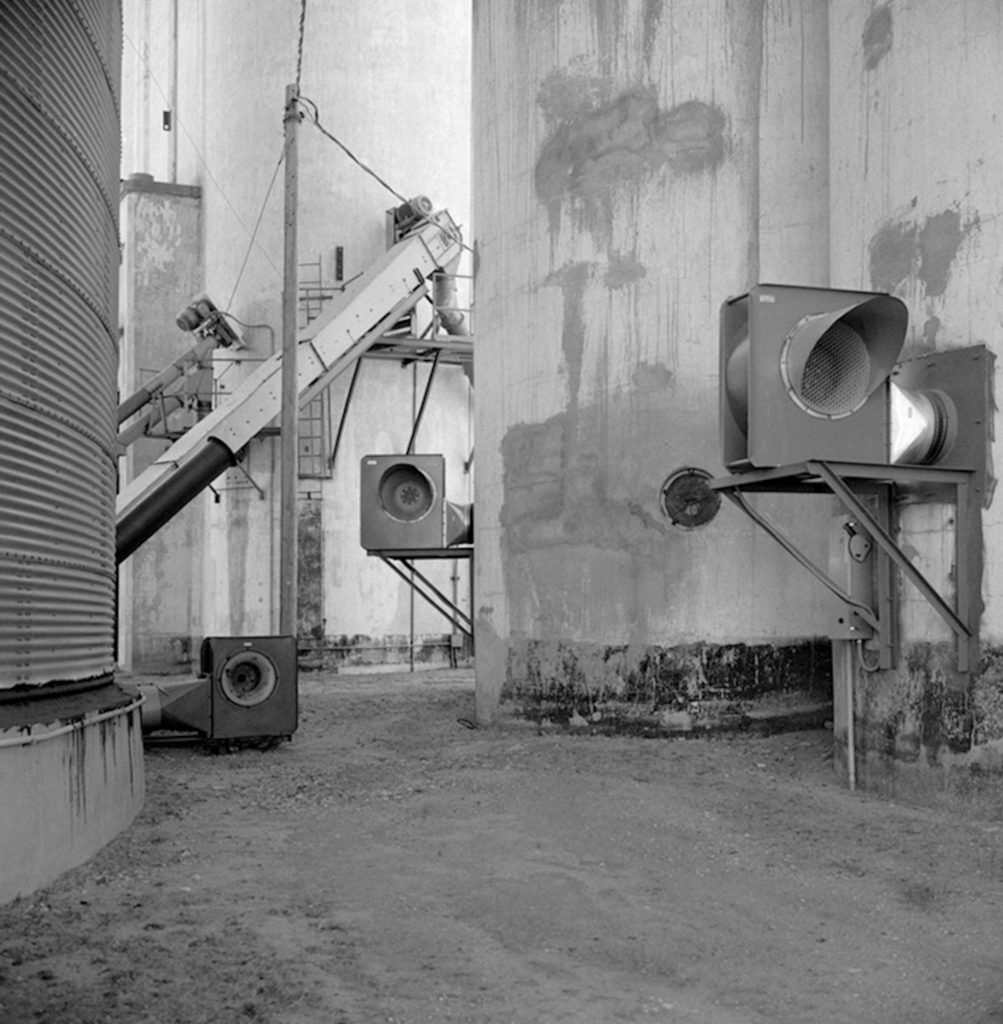




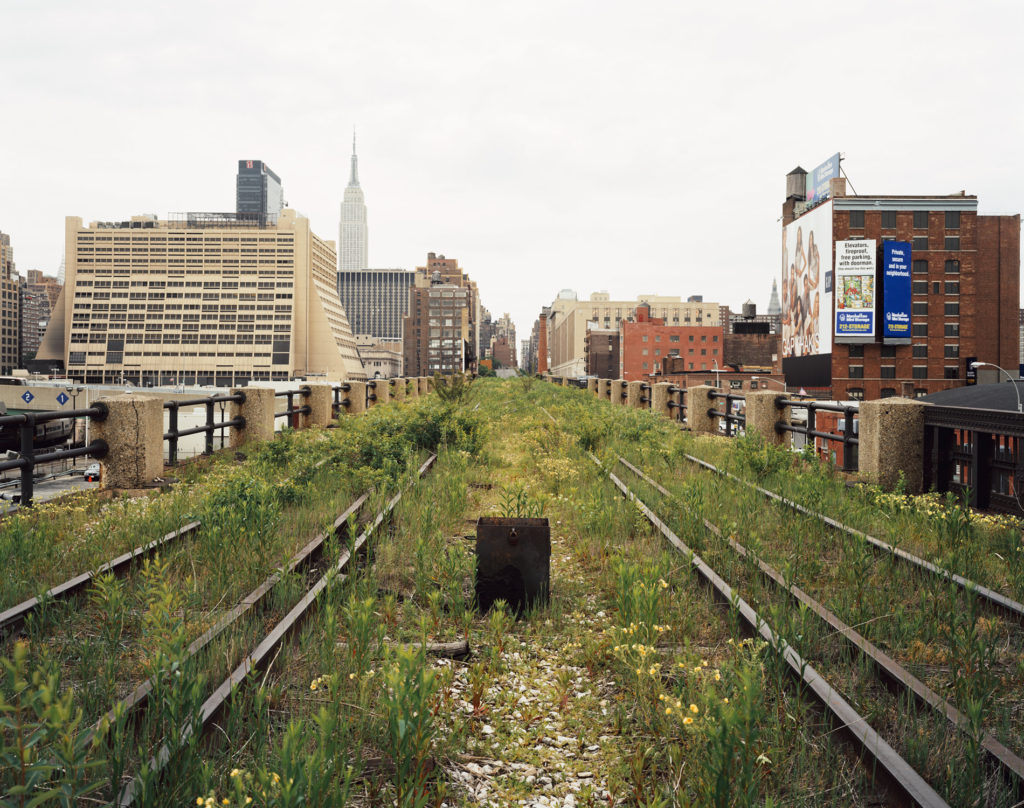
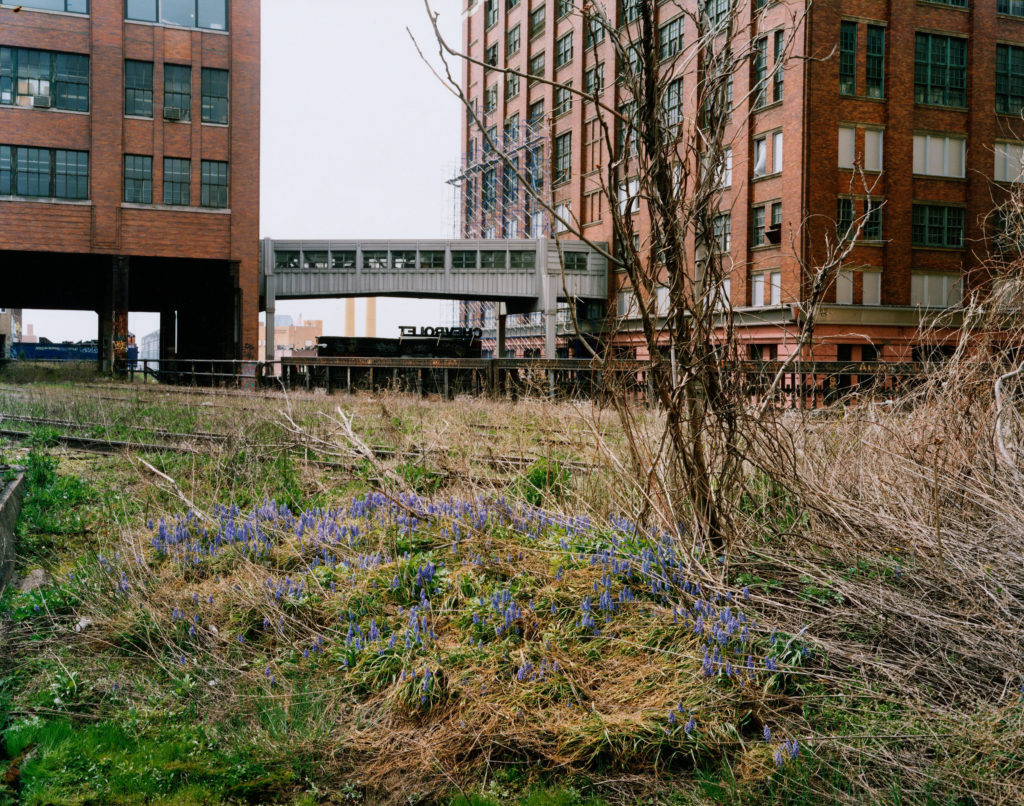

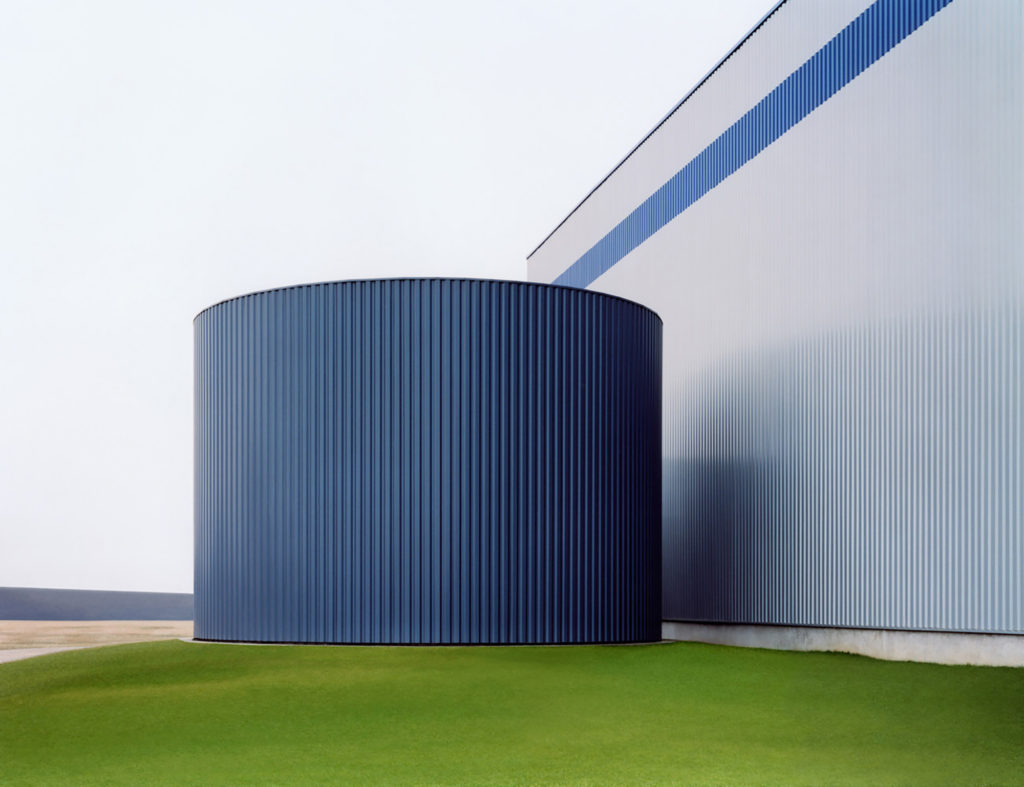
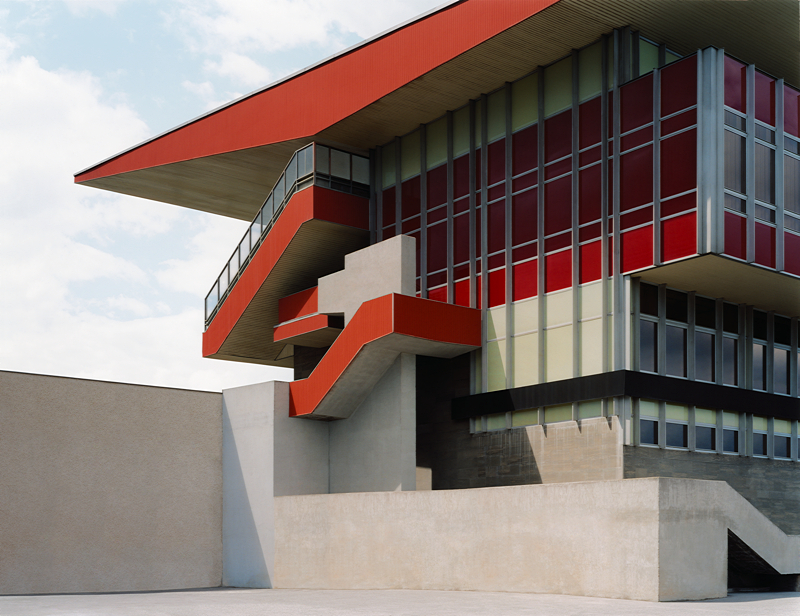








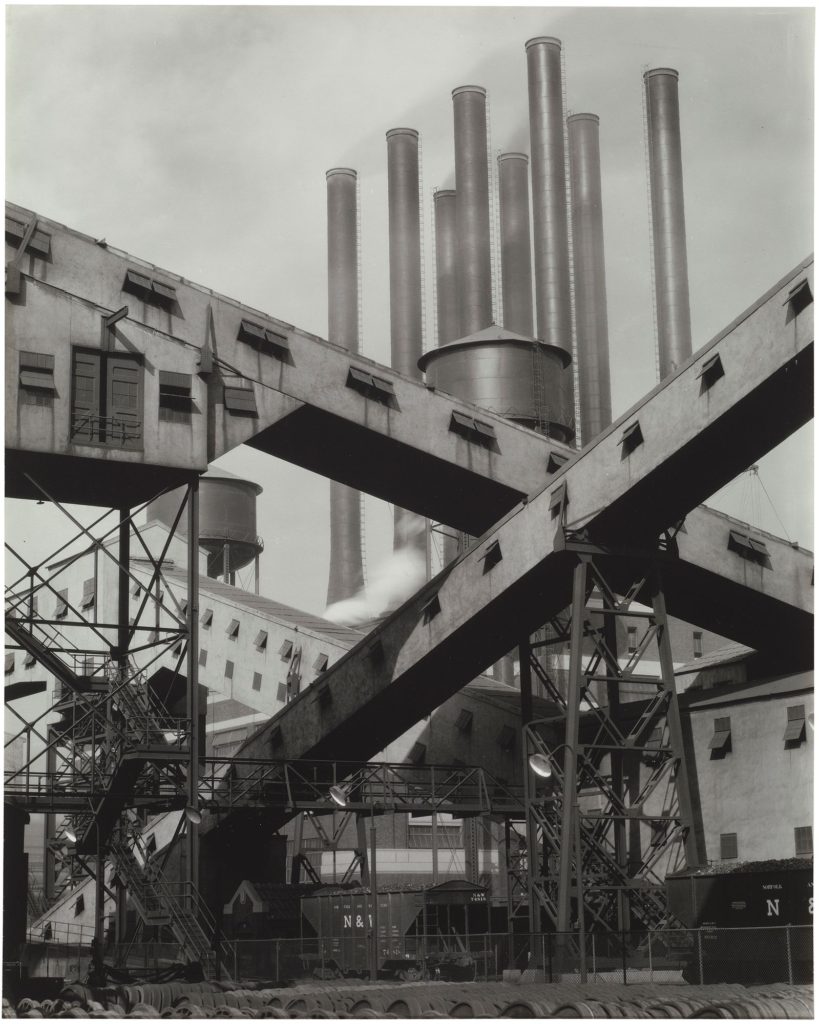


Your vantage point affects the angles, composition, and narrative of a photograph. It is an integral part of the decision-making process when taking a photograph.
We often spend more time considering camera settings and lighting, than exploring viewpoints. A picture taken from a unique vantage point makes us think about the subject in a different way. Perspectives from high or low angles add emotion to the photograph.
Eye-level vantage points provide a feeling of directness and honesty. Changing your vantage point can include or exclude part of the photo’s story.
As you look through your viewfinder, ask yourself some questions:
TRY LOOKING UP, LOOKING DOWN, AT AN ANGLE, FROM A DISTANCE, A WORMS EYE VIEW ETC.
